
Former employee sues Avon preschool, alleges discrimination due to disability
After taking disability leave, the employee alleged that her supervisor treated her poorly, barely acknowledging her and undermining her in front of subordinates.

After taking disability leave, the employee alleged that her supervisor treated her poorly, barely acknowledging her and undermining her in front of subordinates.
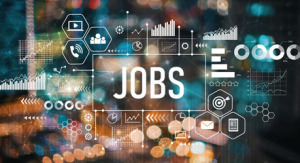
Over the last year, the tech industry has been reshaping itself amid economic uncertainty, reorganization around artificial intelligence and a push to become more cost-efficient.
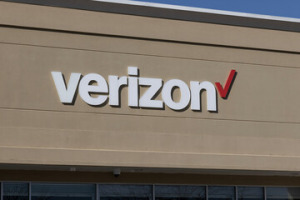
A spokesperson confirmed that the layoffs announced Thursday account for about 20% of the company’s management workforce, which isn’t unionized.
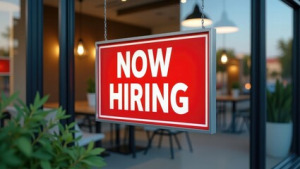
The increase in payrolls was more than double the 50,000 economists had forecast.
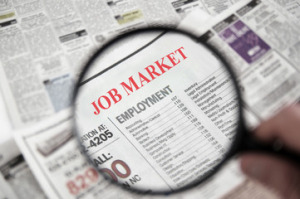
From substitute teachers to prison guards, staffing agencies and employers are reporting a pickup in applicants for roles often shunned for their low pay, inconsistent hours or unpleasant conditions.
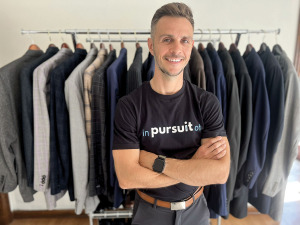
In Pursuit Of Inc. plans to begin taking referrals early next year from area organizations helping men who are struggling to get their lives together.

More than a quarter of the jobless have been out of work more than a half-year—the highest share since the mid-2010s excluding the pandemic-era years.

Some employers are using office mandates to purposely shed workers. Meanwhile, some companies are capitalizing on the mandates, using flexible policies as a way to poach talent from their competitors.
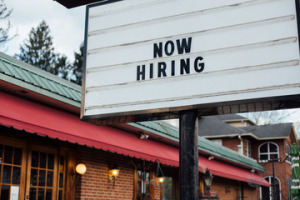
Employers added 911,000 fewer jobs than originally reported in the year that ended in March 2025, the Labor Department reported Tuesday.
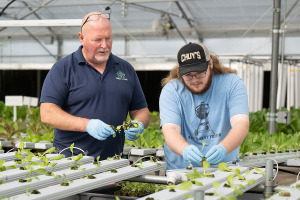
Watch Us Farm is a nonprofit with an ambitious plan to grow and develop its program that provides job training and employment for people with intellectual and developmental disabilities.

More than a quarter of an estimated 4 million nursing assistants, home health aides, personal care aides and other so-called direct care workers are foreign born.

Education and labor experts note that making high school apprenticeships commonplace won’t be simple.

Indiana’s demand for apprenticeship is rising after education officials approved a massive high school diploma redesign last year.

The measure builds on recent education efforts to “reinvent high school,” meaning a curricular change to create additional high school credit pathways in addition to college prep.

Meanwhile, the number of Americans quitting their jobs—a sign of confidence in the economy—rose modestly. And layoffs fell to the lowest level since June.

The unemployment rate rose modestly but for what economists consider a good reason: 232,000 people entered the labor force.

The Labor Department’s Job Openings and Labor Turnover Survey showed that openings rose in real estate, health care, manufacturing and construction.
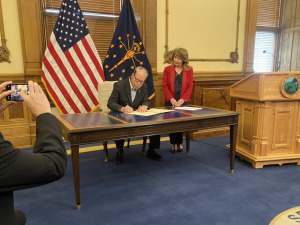
The new leave also extends to mothers who experience stillbirth or fetal loss after 20 weeks of gestation.

Some analysts say they expect layoffs ordered by the Department of Government Efficiency to show up in the report in the coming weeks.

Workers in Indiana were among the millions of federal employees who on Tuesday received a memo offering the option to resign while still receiving pay through September.